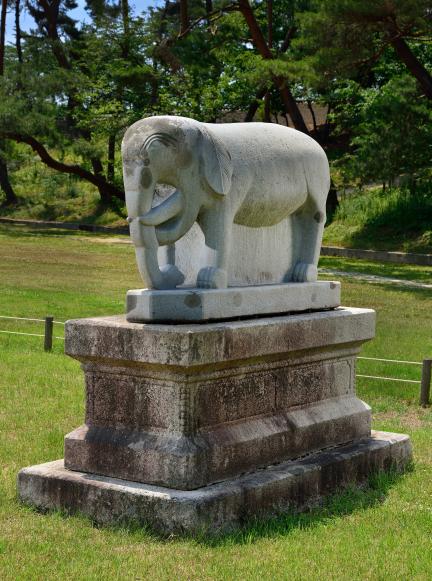국가유산 검색
사적
남양주 홍릉과 유릉 (南楊州 洪陵과 裕陵)Hongneung and Yureung Royal Tombs, Namyangju
| 분 류 | 유적건조물 / 무덤 / 왕실무덤 / 조선시대 |
|---|---|
| 수량/면적 | 1,278,526㎡ |
| 지정(등록)일 | 1970.05.26 |
| 소 재 지 | 경기 남양주시 홍유릉로 352-1 (금곡동) |
| 시 대 | 조선시대~일제시대 |
| 소유자(소유단체) | 국(국가유산청) |
| 관리자(관리단체) | 국가유산청 조선왕릉동부지구관리소 |


사적
남양주 홍릉과 유릉 (南楊州 洪陵과 裕陵)Hongneung and Yureung Royal Tombs, Namyangju
| 분 류 | 유적건조물 / 무덤 / 왕실무덤 / 조선시대 |
|---|---|
| 수량/면적 | 1,278,526㎡ |
| 지정(등록)일 | 1970.05.26 |
| 소 재 지 | 경기 남양주시 홍유릉로 352-1 (금곡동) |
| 시 대 | 조선시대~일제시대 |
| 소유자(소유단체) | 국(국가유산청) |
| 관리자(관리단체) | 국가유산청 조선왕릉동부지구관리소 |

ⓒ 2000. KOREA HERITAGE SERVICE. ALL RIGHTS RESERVED.



 국가유산
국가유산


